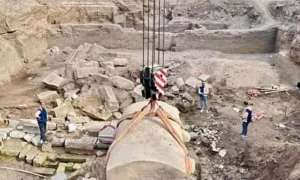In a remarkable archaeological find, a 26th Dynasty sarcophagus has been unearthed at a construction site for the new Benha University Hospital in the Delta town of Banha, located in the Qalyoubiya Governorate of Egypt. This discovery was made during rescue excavations, a common practice in regions with rich historical layers beneath the modern landscape. The Supreme Council of Antiquities (SCA) in Egypt has taken charge of the situation, announcing the find and outlining the steps being taken to preserve this significant piece of history.
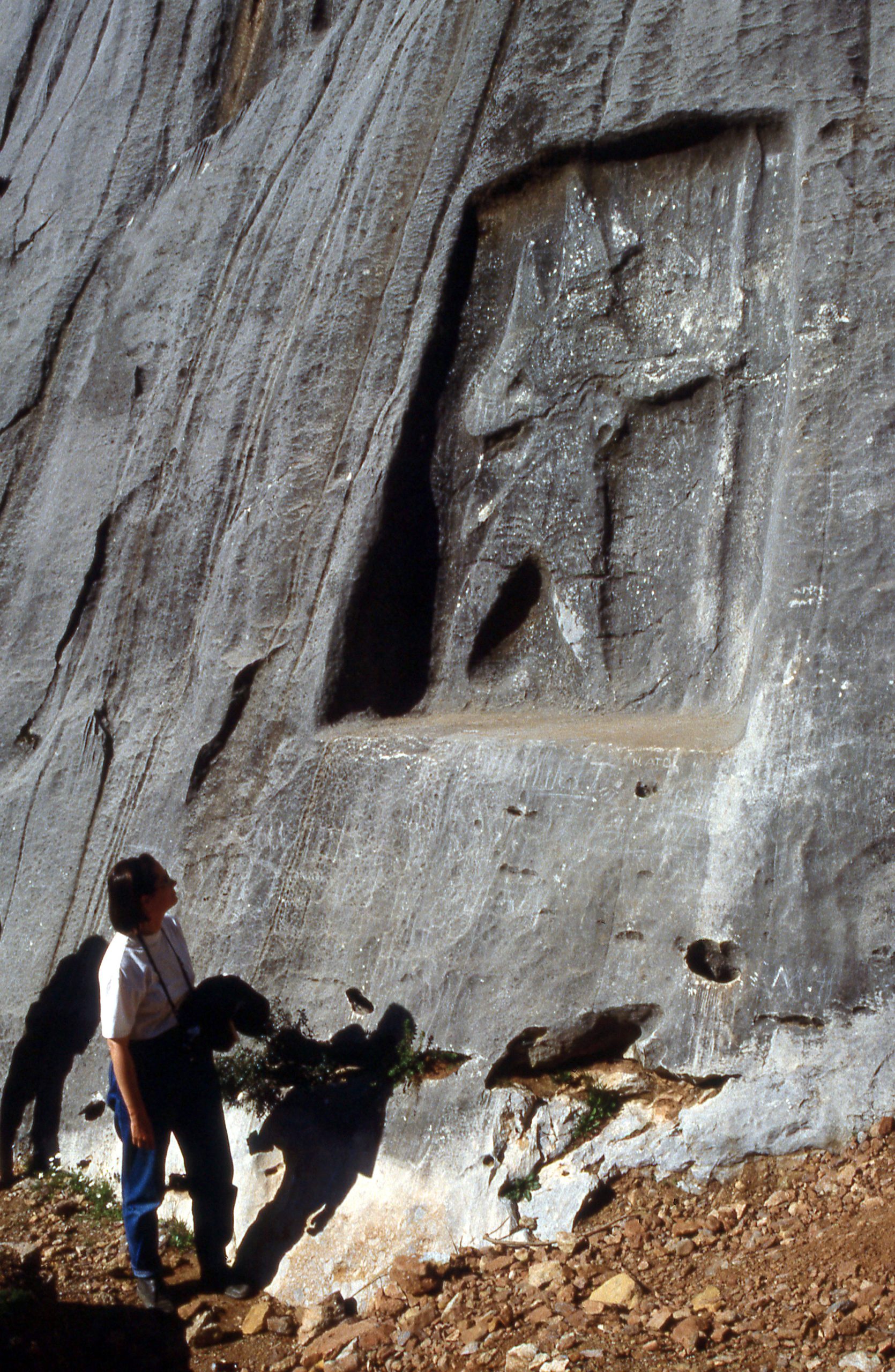
Karabel relief
The Karabel relief is an ancient rock relief located in Turkey. It dates back to the Hittite era, around the 13th century BC. The relief depicts a male figure, believed to be a king or a warrior, and is one of the few extant examples of Hittite monumental art. It was discovered in the late 19th century and has since been a subject of scholarly study and tourist interest.
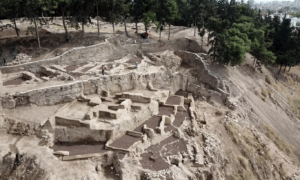
Yumuktepe
Yumuktepe is a fascinating archaeological site located in Mersin, Turkey. It holds remnants of human settlement that span over 9,000 years. The site reveals a continuous occupation from the Neolithic age to the Middle Ages. Excavations have unearthed various layers of civilization, including a Neolithic town, an Early Bronze Age settlement, and a medieval castle. Yumuktepe’s rich history provides invaluable insights into the evolution of human societies in the region.
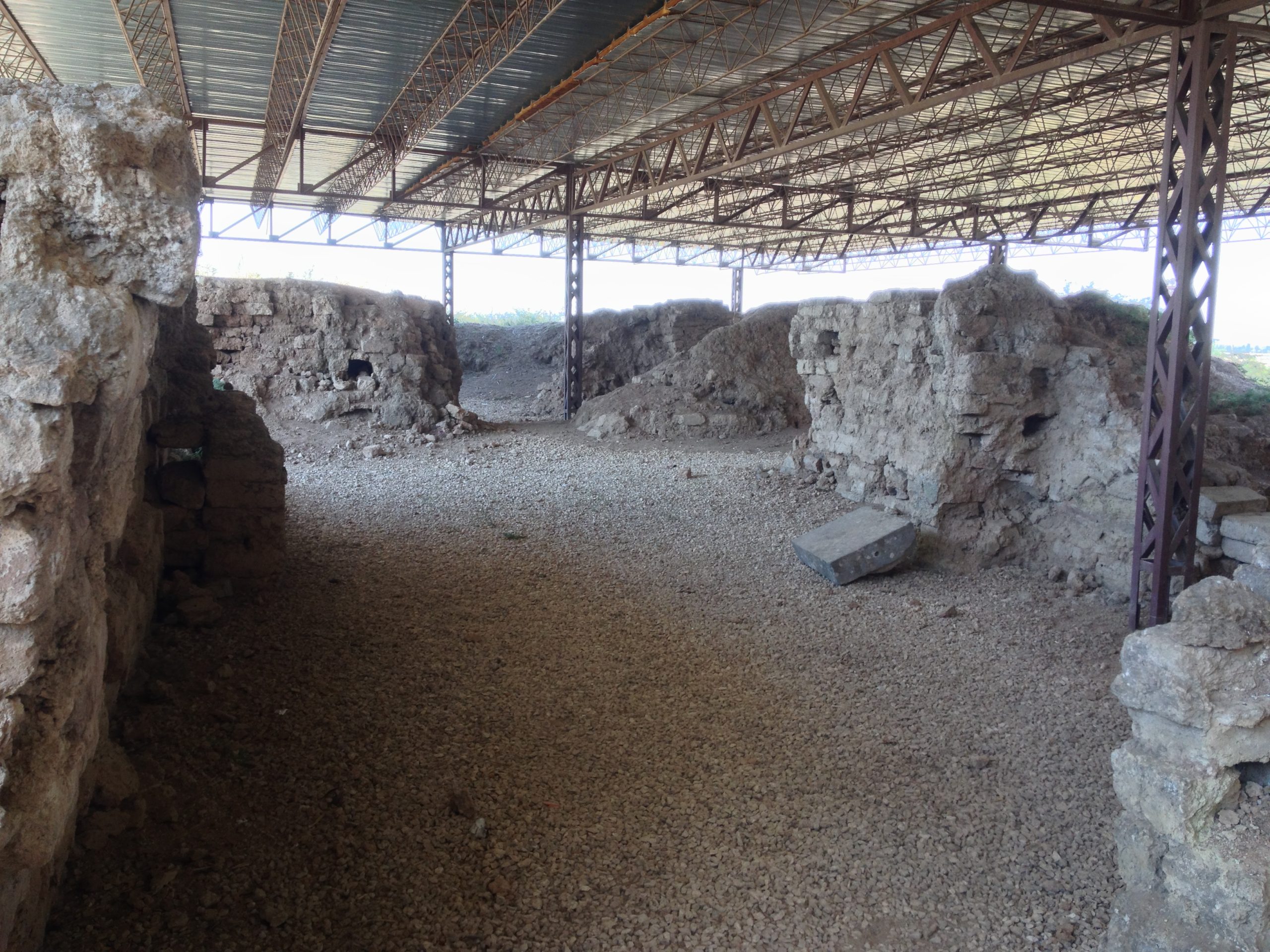
Tell Atchana
Tell Atchana, an ancient site in modern-day Turkey, is a mound that reveals layers of occupation dating back to the Bronze Age. It is the site of the ancient city of Alalakh, which served as a capital and regional center. Archaeologists have unearthed rich finds here, including palatial buildings, temples, and numerous cuneiform tablets. These discoveries provide insights into the political, economic, and social aspects of the ancient Near East.
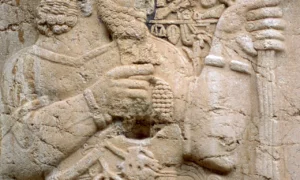
İvriz relief
The İvriz relief is a remarkable piece of Hittite art carved into a rock face in central Turkey. It depicts a king, thought to be Warpalawas, and a god, possibly the storm god Tarhunza, indicating a cultural significance tied to the Hittite civilization. The relief stands as a testament to the intricate artistry and religious practices of the era.
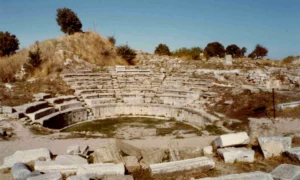
City of Troy
The City of Troy, immortalized by Homer’s epic poem “The Iliad,” stands as a testament to the complexities of ancient history. This legendary city, believed to have existed in what is now Turkey, has captivated historians and archaeologists for centuries. Its historical significance is twofold: as a real ancient city that was rediscovered in the 19th century, and as a cultural icon that has influenced literature and art throughout the ages. The search for the physical remnants of Troy has yielded discoveries that have both confirmed and challenged traditional narratives of its existence and destruction.

